SpaceX mission to orbit Earth’s icy Poles Fram2 safely splashes down
Ever heard of ‘space’ motion sickness? These waves of nausea hit the Fram2 crew as they first passed over Earth’s icy Poles during their 40-minute orbits. So what happens on much longer missions?
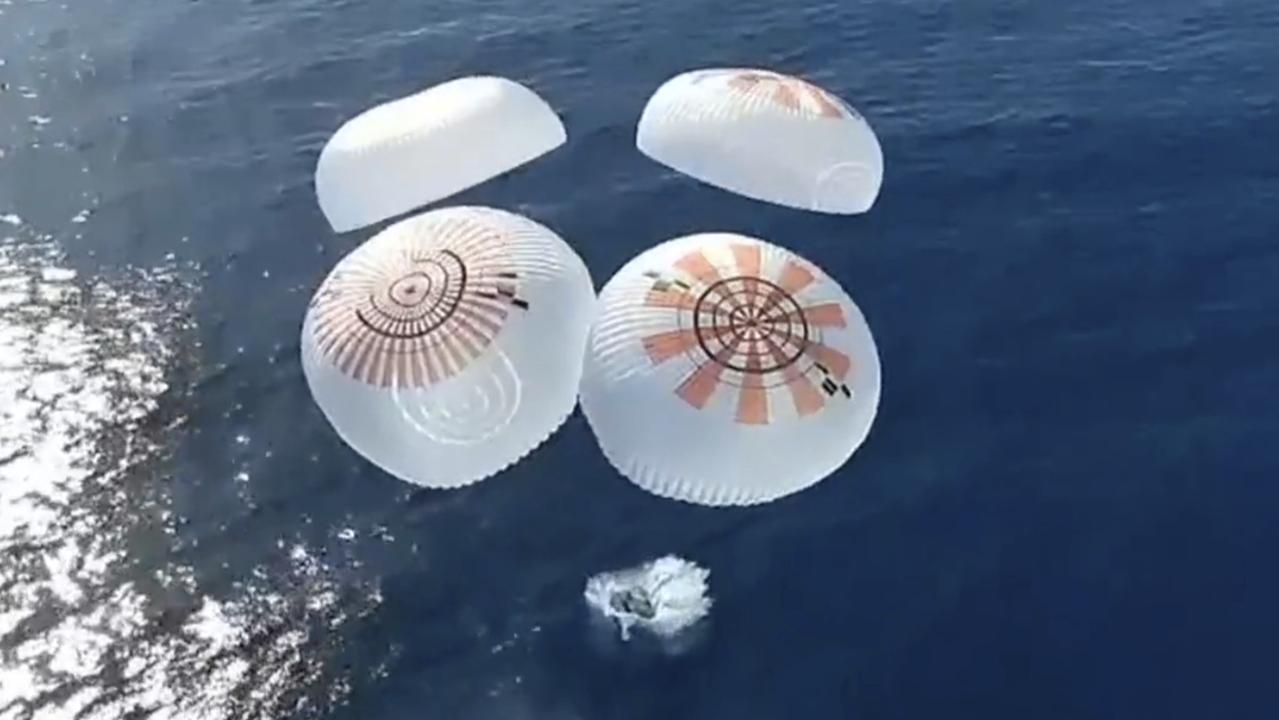
READING LEVEL: GREEN
The SpaceX Crew Dragon capsule carrying South Australian polar explorer Eric Philips and three other astronauts safely splashed down in the Pacific Ocean on Saturday Australian time, after orbiting the North and South Poles on a route that no humans had ever travelled before.
The privately funded mission named Fram2 passed directly over the icy Poles every 40 minutes, conducting scientific experiments as they went, including the first medical X-rays taken in space.
Chinese-born Bitcoin* investor Chun Wang from Malta joined Mr Philips on board the Dragon capsule, as did Norwegian filmmaker Jannicke Mikkelsen and German robotics researcher Rabea Rogge.
The four intrepid explorers blasted off from NASA’s Kennedy Space Centre last Monday night (Tuesday morning AEDT) before splashing down off the Southern California coast on Friday morning local time (Saturday morning AEDT).
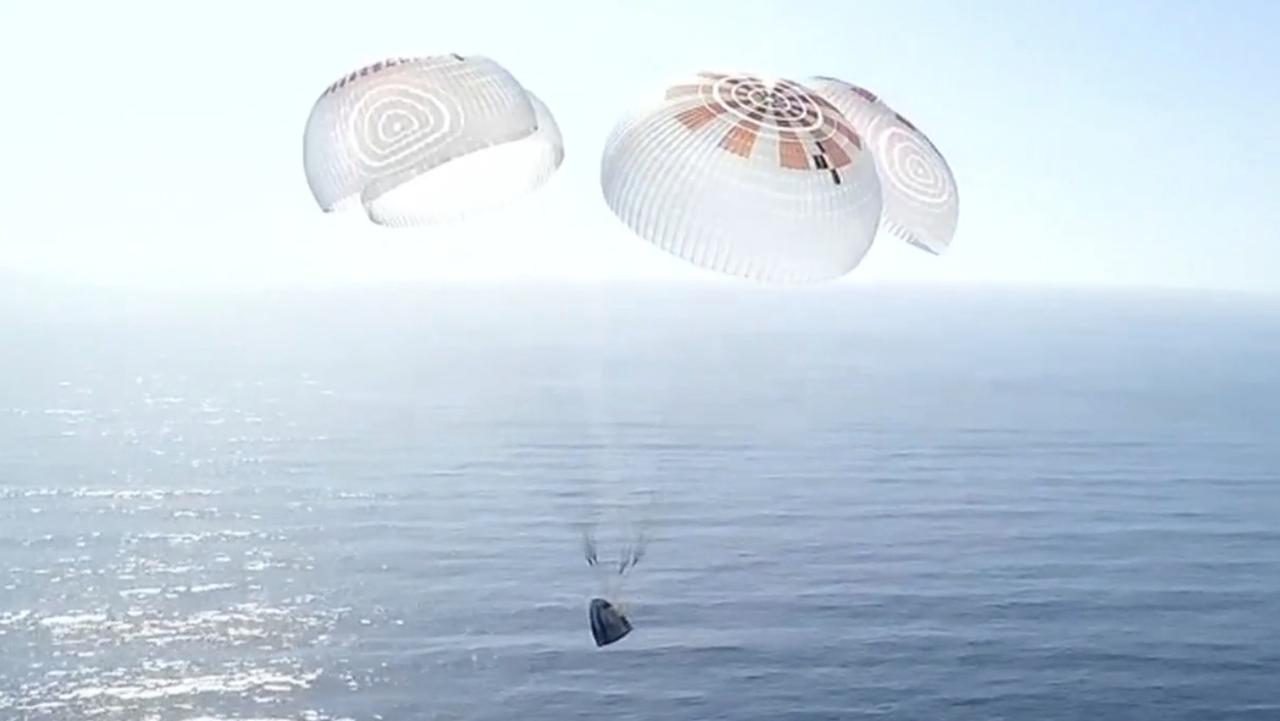
The groundbreaking mission enabled humans to see Earth’s North and South Poles from space while travelling directly over them for the first time. In comparison, the International Space Station (ISS) travels closer to the equator*, meaning the icy poles are invisible to those on board.
Before the crew could enjoy the view, however, they had a significant battle with travel sickness.
Mr Wang posted on social media that all four crew members were affected by “space motion sickness”.

“The first few hours in microgravity* weren’t exactly comfortable,” Wang said in a post on X, the social media platform owned by SpaceX CEO Elon Musk. “Space motion sickness hit all of us — we felt nauseous* and ended up vomiting a couple of times. It felt different from motion sickness in a car or at sea. You could still read on your iPad without making it worse. But even a small sip of water could upset your stomach and trigger vomiting.”
However, Mr Wang said on X that by the second morning he felt much better and they opened up the window cover right above the South Pole.
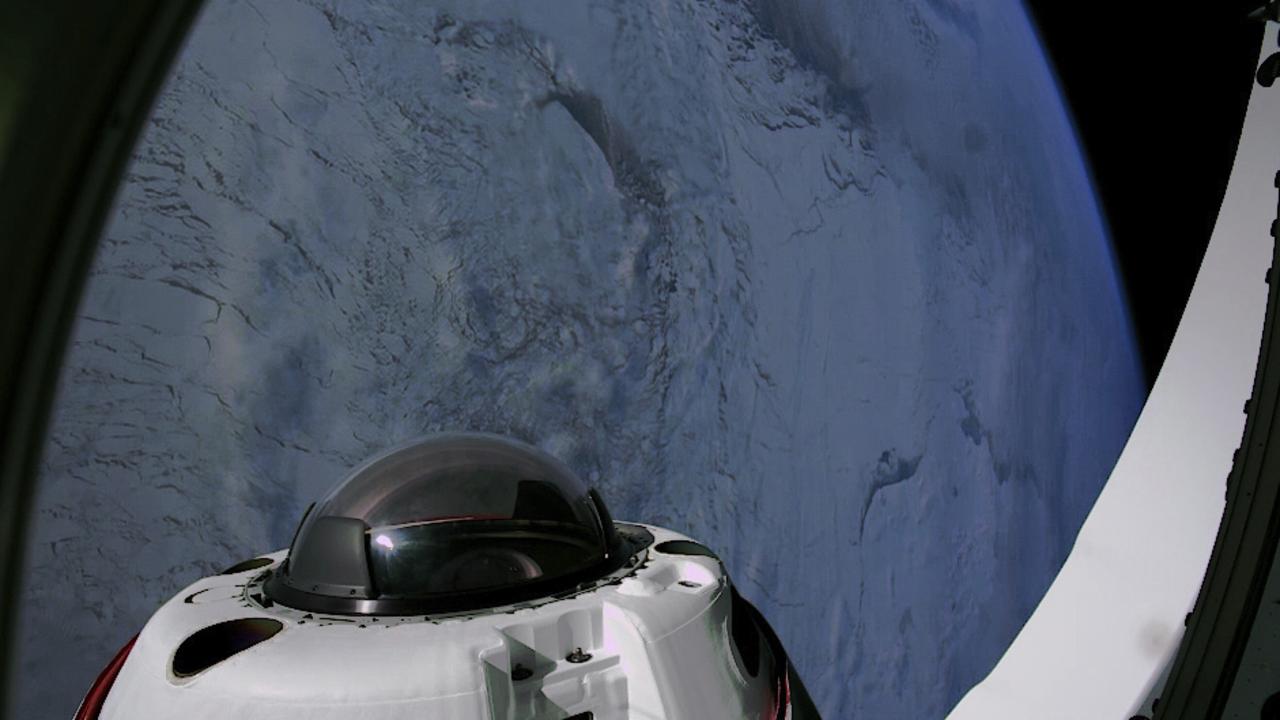
HOW SPACE AFFECTS THE HUMAN BODY
While the Fram2 mission only lasted a brief four days, astronauts who spend weeks or months in space often develop much more serious health conditions as a result of the lack of gravity.
NASA astronauts Suni Williams and Butch Wilmore recently returned to Earth in a SpaceX dragon capsule after a stay at the International Space Station (ISS) that unexpectedly lasted nine months. They were only meant to be in space for eight days but became stranded at the ISS because of technical issues in their space capsule.
Immediately after they were rescued and had landed safely back on Earth, the astronauts were assisted off the SpaceX capsule in stretchers and wheelchairs because of the weakness of their bones. They then underwent full health checks.
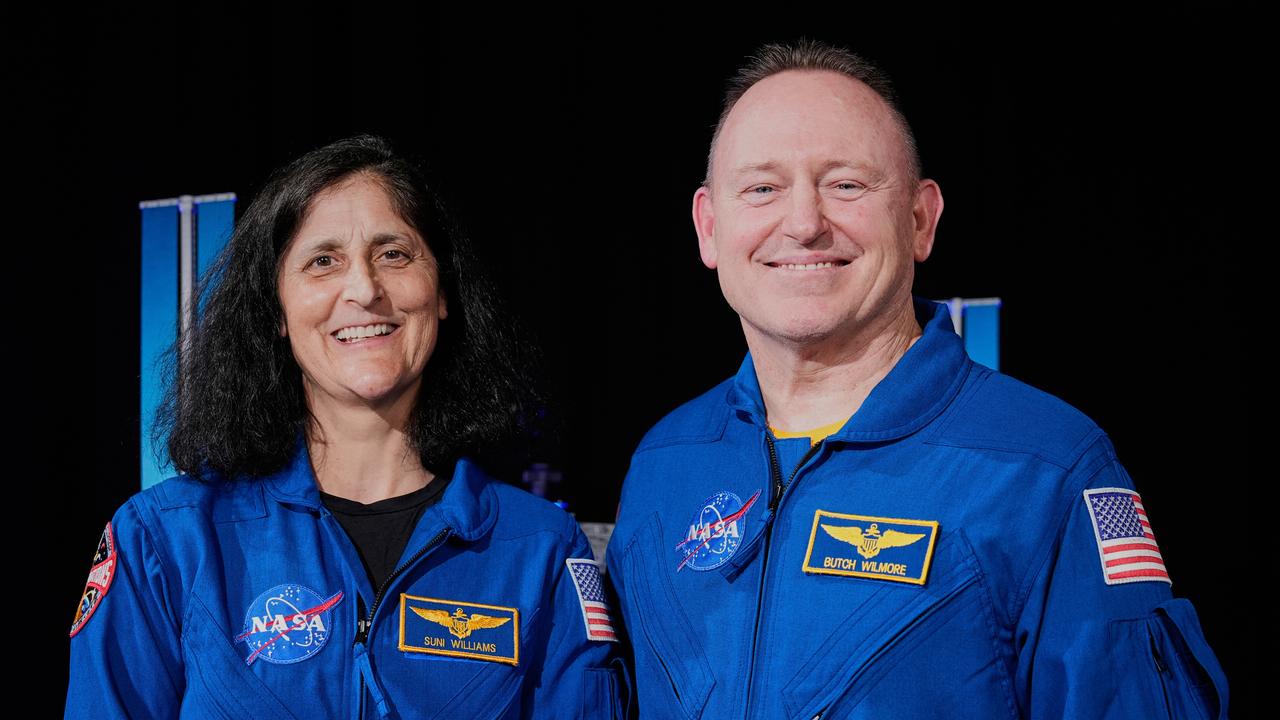
MICROGRAVITY WEAKENS OUR MUSCLES
Alan Duffy, a professor of astrophysics at Swinburne University of Technology said when astronauts go up to space, they’re in great shape, but after a long time without gravity, it can take quite some time for the body to fully recover. Walking becomes difficult as the bones have thinned and muscles have weakened.
Everything from walking, to wearing clothes, to smelling food and other odours on land requires getting used to again.
“There’s no sense of down. Your body just gets confused when it finally does get that sensation,” Professor Duffy said.
“They have been weakened from those many months of not having to work against the force of gravity and their everyday lives up there, and that’s something that, unfortunately, really does take months, if not years, to fully regain*.”
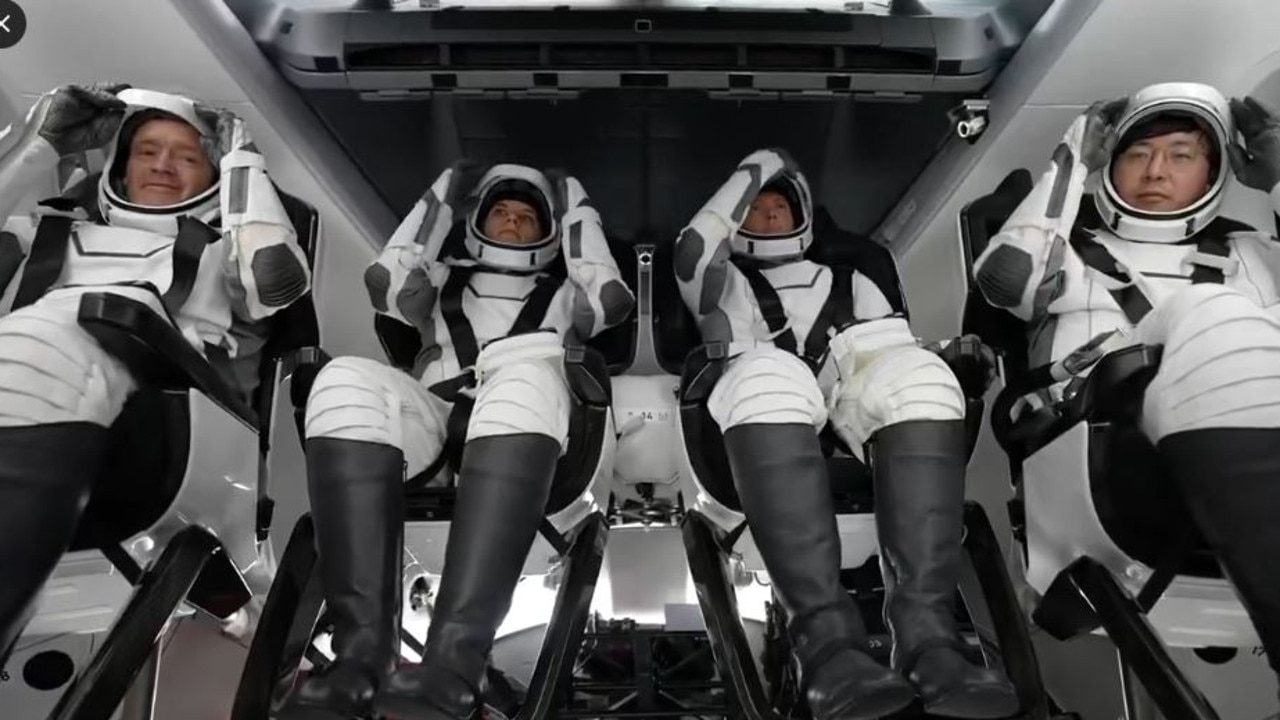
SPACE AND VISION
The astronauts may also struggle with vision issues during space travel, as low gravity causes circulation* changes and fluid build-up in the head, which changes the shape of the eye.
When they come back to Earth, their vision usually returns to normal.
These fluid build-ups can also make astronauts feel as though they have a head cold in space, but they usually feel better once they return home.
HOW IS BONE DENSITY AFFECTED?
Professor Duffy said most astronauts lose about a per cent of bone density* per month. He said this can be regained* once on land but there is significant ageing in an astronaut’s body after such a long time in space.
“We really were not made for space,” Professor Duffy said.
“Thanks to these long duration* missions, we now can keep astronauts a lot healthier for a lot longer, but sooner or later, they really just have to come back home.”
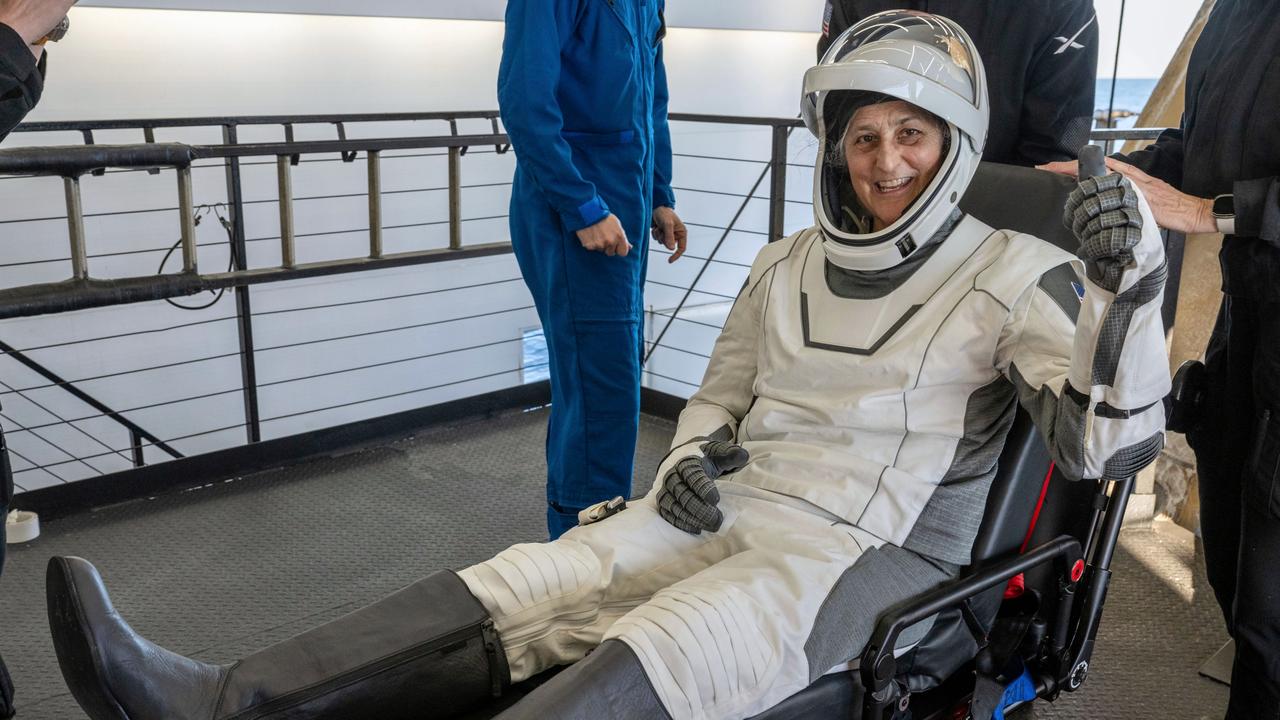
Some other effects of such a long period of time in space include gaining sensitive skin and a change in eyesight that may require glasses. After nine months in space, the astronauts also face a loss in senses.
“They’ve essentially felt like they’ve had a cold for nine months, unable to smell or taste,” Professor Duffy said. “On land, they have that ability to regain their sense of smell and taste, and I suspect they’ll enjoy their first meal greatly.”
WHAT HAPPENS NEXT?
Once they’re given a clean bill of health they’ll be allowed to return home where they’ll begin a 45-day program to get them used to being back on Earth that will include two hours of physical therapy daily with specialised trainers, NASA told The New York Post.
POLL
GLOSSARY
- Bitcoin: a type of cryptocurrency, digital currency designed to work through a computer network and not controlled through a central authority, such as a central bank or government
- equator: the imaginary line that separates the Earth in half
- microgravity: the condition of very little gravity where people and objects seem to be weightless. Some people describe this as zero gravity, however, the concept of zero gravity is misleading because a small amount of gravity can always be found everywhere in space, according to NASA
- nauseous: sick on the stomach
- regain/regained: get something back again
- circulation: blood moving around in the body through the blood vessels
- bone density: how much minerals there are in your bones, mainly calcium and phosphorous, that give them their thickness and strength
- duration: length of time
EXTRA READING
Aussie astronaut’s historic lift off
Stranded astronauts back on Earth
Katy Perry to rocket into space
QUICK QUIZ
1. For how many days did the Fram2 astronauts orbit the Earth?
2. How was unique about the mission?
3. Which private company powered the mission?
4. What is the name of the Australian on board?
5. Why do astronauts feel like they have a cold after being in space for a while?
LISTEN TO THIS STORY
CLASSROOM ACTIVITIES
1. Polar art
Draw your version of what you think it would look like looking out from a spacecraft at the North and South Poles. Use any medium available (texta, pastels, collage materials, pencils) to create your artist’s impression from space.
Time: allow 20 minutes to complete this activity
Curriculum Links: Visual Arts, Science, Personal and Social, Critical and Creative Thinking
2. Extension
Create a space workout plan for the astronauts to complete while on a space mission. Don’t forget the added complication of microgravity!
Time: allow 10 minutes to complete this activity
Curriculum Links: English, Science, Health and Physical Education, Personal and Social, Critical and Creative Thinking
VCOP ACTIVITY
To sum it up
After reading the article, use your comprehension skills to summarise in a maximum of three sentences what the article is about.
Think about:
- What is the main topic or idea?
- What is an important or interesting fact?
- Who was involved (people or places)?
Use your VCOP skills to re-read your summary to make sure it is clear, specific and well punctuated.

